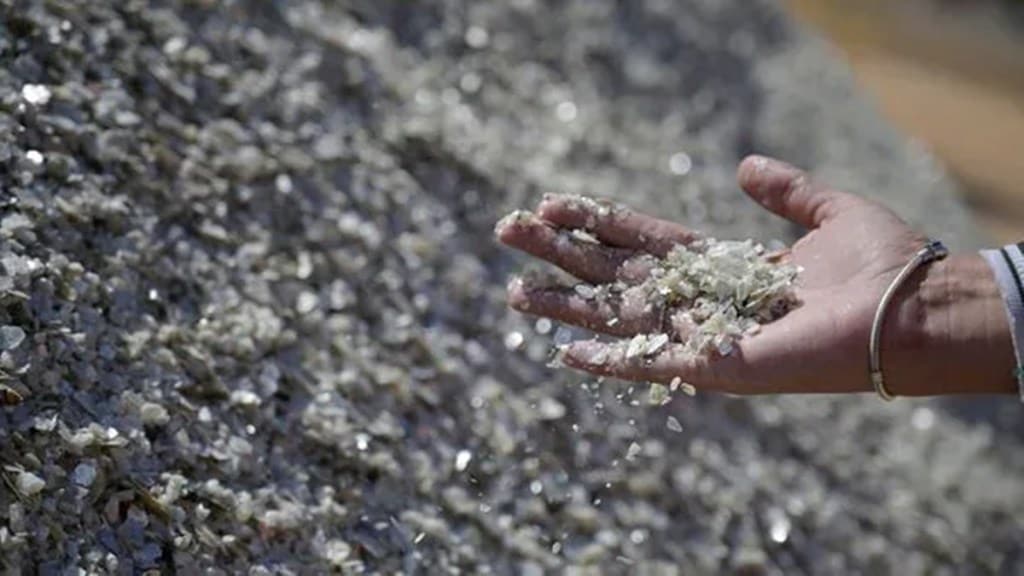It’s a sign of pragmatism that India and China have finally decided to dial down the rhetoric over rare earth metals and have signalled a willingness to discuss the issue. The governments of both countries should recognise that global relations thrive on pragmatism, not posturing. A give-and-take approach may be one way of unlocking supplies. With rare earth inventories dwindling and production lines at risk, India could not afford to let its rigid stance vis-a-vis China outpace practicality in this high-stakes game of rare earth geopolitics. Good diplomacy demands a generous dose of realism and Thursday’s statements from both countries reflect a thaw on this critical issue.
It’s no secret that China’s new licensing regulations on rare earth magnets, introduced in April in response to trade tensions with the US, have been rippling through global supply chains and squeezing industries reliant on these critical materials. This has begun to threaten electric vehicle production, defence manufacturing, and electronics worldwide. But in India, the impact is leading to a full-blown crisis, with the auto sector teetering on the edge of disruption. The country’s largest passenger vehicle manufacturer, Maruti Suzuki, has cut its e-Vitara production target by two-thirds, from 26,500 to 8,200 units between April and September because of rare earth shortages. Bajaj Auto and TVS Motor have already sounded the alarm, warning that depleting inventories could halt production by June or July.
Reports suggested that China is wielding its rare earth dominance—60% of global mining and 90% of refining—as a strategic bargaining chip, and it seems to be working. US President Donald Trump on Wednesday announced the finalisation of a new deal with China, under which Beijing will supply the US with “full magnets and all necessary rare earth materials”. India, meanwhile, is still scrambling and faces an uphill task in this regard. China has already rejected at least one of Sona Comstar’s applications to import rare earth magnets, a move that will have an impact on its clients like Maruti, Hyundai, and others.
This selective squeeze isn’t entirely surprising. Since the 2020 border skirmishes, India has tightened the screws on Chinese investments through Press Note 3, subjecting them to rigorous scrutiny. It has also been delaying visas for Chinese CEOs, technicians, and engineers, frustrating Beijing’s business interests. China’s export curbs seem like a calculated retaliation, exploiting India’s 81% reliance on Chinese rare earth imports. Surely, India’s options are limited, but the case is still not hopeless. In the longer-term, it must tap its 6.9 million tonnes of rare earth reserves—the third-largest globally, behind only China and Vietnam—by scaling up mining and processing through international and domestic private players, as envisioned in the Critical Mineral Mission announced in January. Despite these sizeable reserves, India’s production is minimal, contributing only 2,900 tonnes in 2024—about 0.74% of global output. The entire process of extracting and refining the reserves is slow and will not be a solution to the immediate crisis. The same applies to switching over to any alternate technologies which do not require rare earth magnets.
Apart from negotiations with China, the Indian government should also look at alternative suppliers like Australia, Japan, Vietnam, Russia etc and allow auto manufacturers to import fully-built motors, thus bypassing magnet shortages so that their assembly lines keep running, even if their costs rise. It should also ease domestic value-addition norms in schemes like the auto PLI to provide them the necessary breathing space.

